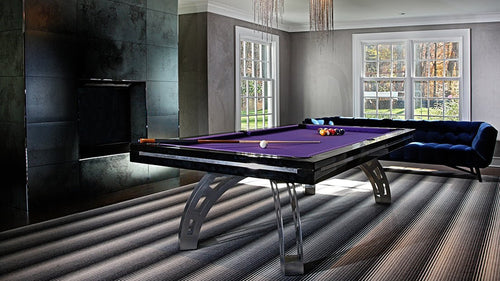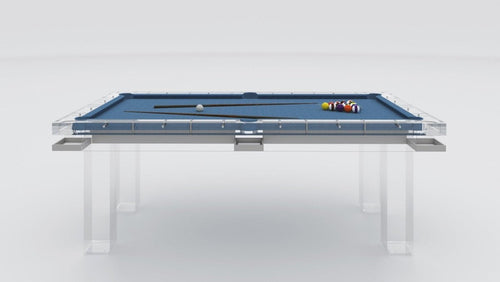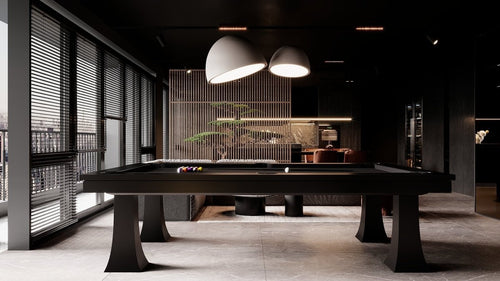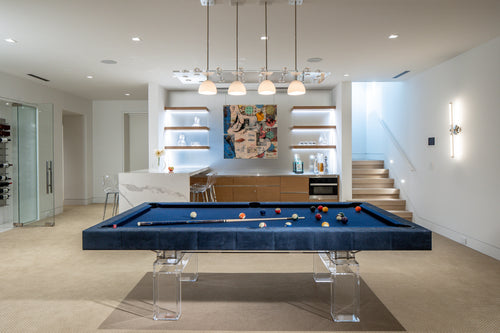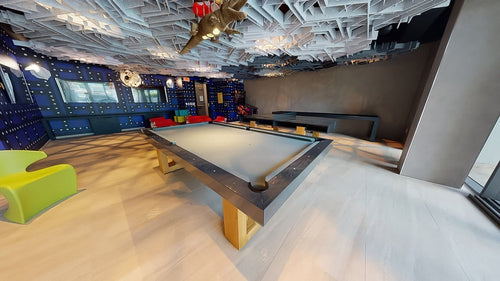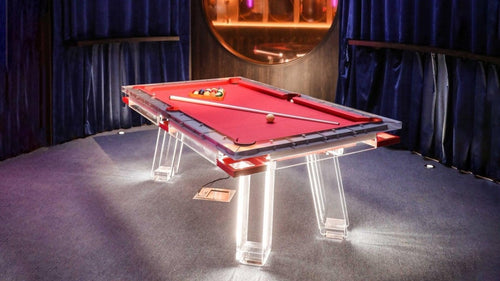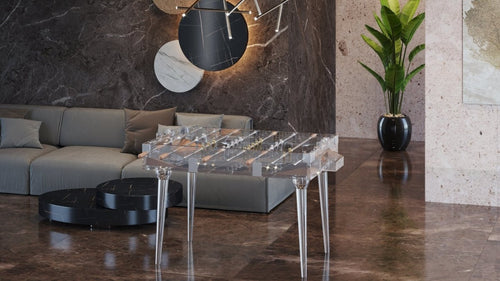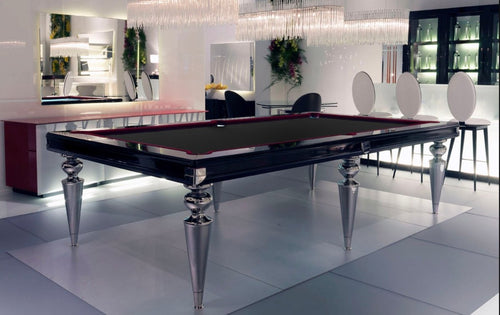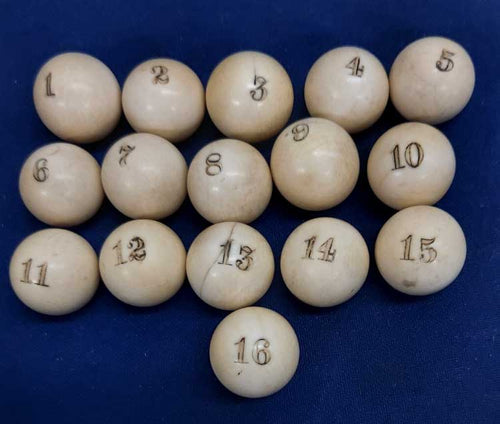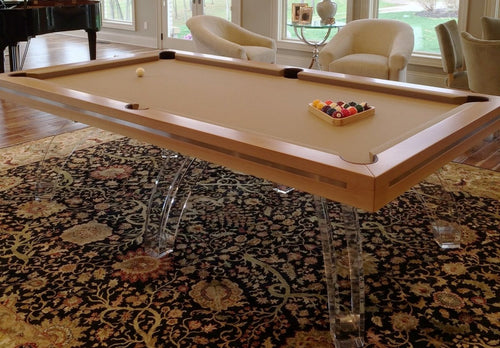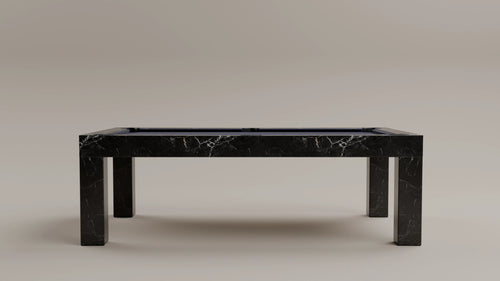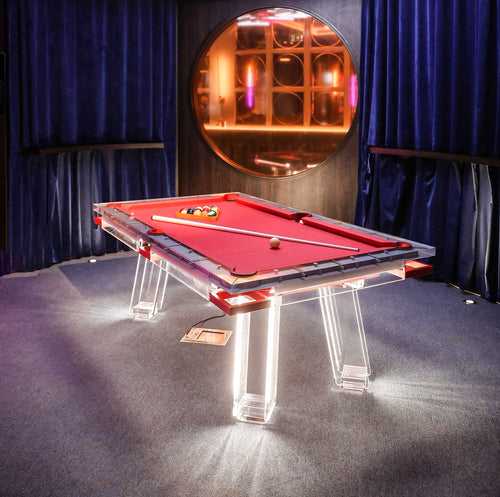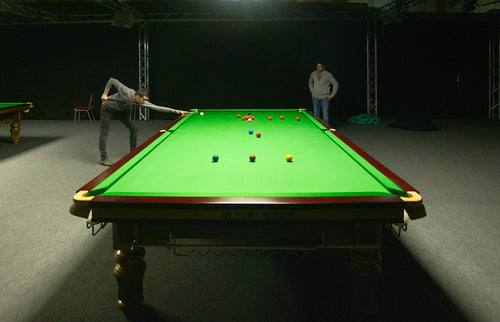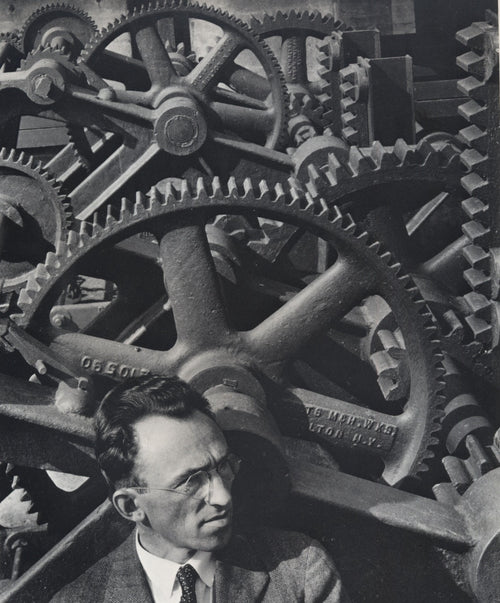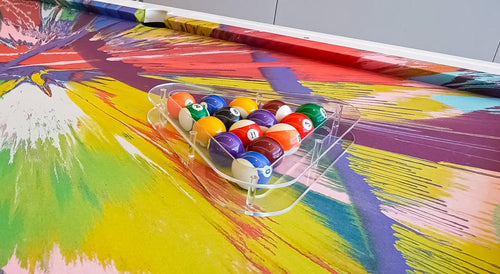Enjoy our modern designs
Have you ever wondered why the color of the felt was green? It's because the game of billiards started as an outdoor game similar to croquet and golf! There are a lot of clues that point to this fact. For example, the pockets on early billiard tables were called "hazards" just like on a golf course. Also, the term "bank shots" comes from the fact that the rails on the table used to resemble river banks. As the game became more popular, people started playing it indoors, in countries like England, Scotland, and France. Some have speculated that this is due to the inclement northern European weather around that period, nonetheless, we are glad we can all play all year long!

The earliest known record of indoor billiards can be traced back to King Louis XI of France in 1470, who helped to increase the game's popularity. By the early 1700s, indoor billiards was a popular pastime among French nobility and the English upper class. Some sources claim that the game was played as early as 589 B.C. by Anacharsis, but this is not confirmed. According to Shakespeare, Cleopatra played billiards, but this may be an anachronism similar to the portrayal of clocks in Julius Caesar.

As shown in the illustration, the initial indoor version of billiards closely resembles the outdoor game, with similarities in equipment such as cue sticks and a green rectangular playing surface with a hoop. Initially, the holes were added as a type of obstacle to be avoided, unless a player could successfully shoot their opponent's ball into the hazard. This idea of avoiding the pockets persisted until 1770, with a variation of English billiards known as "The Winning Game," where a player was awarded two points for pocketing their opponent's ball. This change in the rules led to ball-potting becoming a positive move.

As the indoor billiards game developed, innovations such as leather cue tips and chalk greatly improved the accuracy and control of the cue stick, compared to the mace. Despite this, as late as the 1860s, many American players still preferred to use the mace. However, within a few years, use of the mace rapidly declined in serious billiards circles, likely due to the fact that it was difficult for a mace player to defeat someone of similar skill using a leather-tipped cue.

In the wild and rambunctious 1920s, the coolest cats in town were professional billiards players - they were celebrities, Just like Ralph Greenleaf, who was like a mix of Babe Ruth, Red Grange, and Jack Dempsey all rolled into one! But after World War II, these "pool" games got a bad rep and were mostly played in shady gambling joints (which is where the term "pool room" comes from - it referred to betting on horse races, and the billiards tables were just for entertainment during breaks). But before all that, in the early 1900s, some brilliant minds came up with new pocket billiard games like straight pool, one pocket, nine-ball, and eight-ball. And let's not forget, three-cushion billiards and snooker were around as early as the 1870s.

The film industry, with the release of the iconic 1961 movie "The Hustler" and its 1986 sequel "The Color of Money," featuring the legendary Paul Newman and the accomplished Tom Cruise, played a vital role in rejuvenating the interest in the game of billiards. Furthermore, television played a crucial role in elevating the popularity of the sport, yet it also brought about a transformation in the way the game was played. The audiences preference for a more dynamic and exhilarating game, as opposed to the more sedentary and defensive games such as straight pool and one pocket, led to the ascendancy of nine-ball as the premier game in the realm of billiards.



